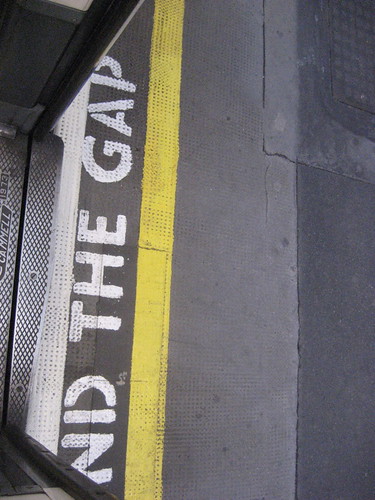Ohio State University professor Allard Dembe has a piece about the potential downsides of a 4-day workweek:
I have been studying the health effects of long working hours for nearly 30 years. All the studies point to the potential dangers that can occur as the result of the additional risks created when work demands exceed a particular threshold….
Despite the widespread enthusiasm for a four-day week, I am not convinced that kind of schedule is beneficial for employees or for businesses. The primary problem with the idea is that whatever work needs to be done, needs to get done in the same amount of total time. Despite wishes to the contrary, there are still only 24 hours in a day.
The math is simple: working five eight-hour shifts is equivalent to working four 10-hour shifts. That’s true. But the implications of these schedules are different. The danger is in disregarding the health effects that can occur as a result of fatigue and stress that accumulate over a longer-than-normal working day.
Dembe goes on to discuss a number of studies that point to both short-term and long-term challenges with compressed work schedules, and I think he’s exactly right: I spent a few pages of REST talking about the rapidly diminishing returns of overwork, and the ways it’s counterproductive in the long run for both people and organizations.
That’s why I’ve been most interested in SHORTER (US | UK) in looking at companies that have been reducing the total number of hours they expect their employees to work, not companies that are pushing work into fewer but longer days. Organizations that are figuring out how to do 5 days’ work in 4 are naturally more interesting than ones that are just pushing blocks around on the calendar; and the fact that they’re doing so successfully– without losing customers, without reducing productivity or profitability, and while seeing big improvements in recruitment, retention, quality of leadership and work– is definitely a lot more interesting.

